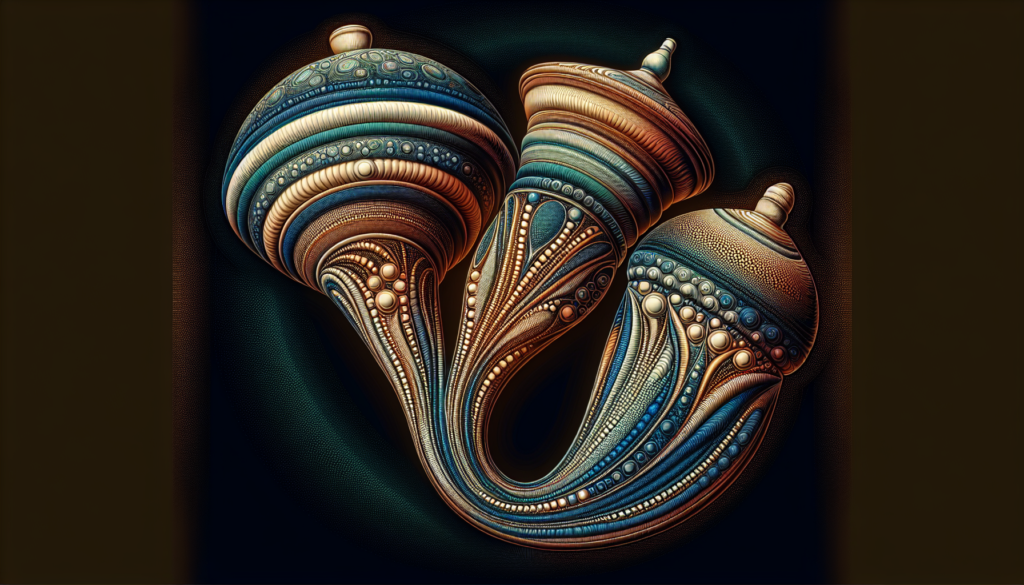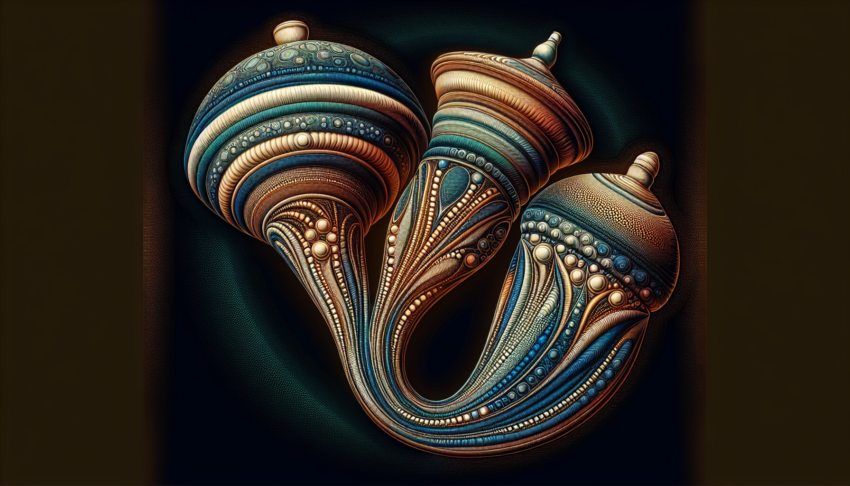Cupping therapy has gained popularity in recent years for its potential health benefits. This ancient practice involves placing cups on the skin to create suction, which is believed to stimulate blood flow and promote healing. While it is often associated with traditional Chinese medicine, cupping therapy is now used by practitioners worldwide to address a range of conditions. From musculoskeletal disorders to respiratory ailments, cupping therapy has been touted as a complementary treatment for a variety of health issues. In this article, we will explore the basics of cupping therapy and discuss some of the conditions it may help alleviate.

What is Cupping Therapy?
Cupping therapy is a form of alternative medicine that has been practiced for centuries in various cultures around the world. It involves creating suction on the skin using glass or silicone cups, which are placed on specific areas of the body. This suction helps to stimulate blood flow and relieve muscle tension, promoting healing and relaxation.
Definition of Cupping Therapy
Cupping therapy is a technique in which cups are placed on the skin to create suction. This suction draws blood to the surface of the skin, promoting circulation and stimulating the body’s natural healing processes. Cupping therapy can be performed using various methods, including dry cupping, wet cupping, and fire cupping.

History of Cupping Therapy
Cupping therapy has a long history that dates back thousands of years. It is believed to have originated in ancient Egypt and has been practiced in traditional Chinese medicine, Greek medicine, and other ancient healing systems. The earliest recorded mention of cupping therapy can be found in an ancient Egyptian papyrus dating back to around 1500 BC. Over the centuries, cupping therapy has evolved and been adapted by different cultures, but its fundamental principles remain the same.

Methods of Cupping Therapy
There are several methods of cupping therapy that can be used, depending on the individual’s needs and preferences. The most common methods include:
-
Dry Cupping: In dry cupping, the cups are placed on the skin and left in place for a few minutes. The suction created by the cups helps to release tension and promote blood flow.
-
Wet Cupping: Wet cupping involves making small incisions on the skin before applying the cups. This allows the therapist to draw out a small amount of blood, which is believed to help remove toxins from the body.
-
Fire Cupping: Fire cupping is a traditional method in which a flammable substance, such as alcohol or herbs, is ignited inside the cup. The cup is then quickly placed on the skin, creating a vacuum effect.

Conditions Treated by Cupping Therapy
Cupping therapy can be used to treat a wide range of conditions. Some of the most common conditions treated by cupping therapy include:
Musculoskeletal Pain
Cupping therapy is particularly effective for relieving musculoskeletal pain, such as back pain, neck pain, and joint pain. The suction created by the cups helps to increase blood flow to the affected areas, promoting healing and reducing inflammation.
Sports Injuries
Athletes often turn to cupping therapy to help with sports injuries. Cupping can help to reduce muscle soreness, improve flexibility, and speed up the healing process after an injury.
Respiratory Conditions
Cupping therapy can be beneficial for individuals with respiratory conditions, such as asthma and bronchitis. The suction created by the cups helps to improve lung function and reduce congestion, making it easier to breathe.
Digestive Disorders
Cupping therapy has also been used to treat digestive disorders, such as irritable bowel syndrome (IBS), indigestion, and constipation. By stimulating blood flow and improving the function of the digestive system, cupping therapy can help to alleviate symptoms and promote overall digestive health.
Skin Issues
Cupping therapy can be used to treat a variety of skin issues, including acne, eczema, and psoriasis. The improved blood circulation and detoxification effects of cupping can help to reduce inflammation, promote healing, and improve the appearance of the skin.
Headaches and Migraines
Many individuals turn to cupping therapy as a natural remedy for headaches and migraines. The increased blood flow and relaxation induced by cupping can help to alleviate tension and reduce the frequency and intensity of headaches.
Fibromyalgia
Cupping therapy can provide relief for individuals suffering from fibromyalgia, a chronic condition characterized by widespread musculoskeletal pain and fatigue. The gentle suction of cupping can help to alleviate pain and promote relaxation, improving the overall quality of life for fibromyalgia patients.
Anxiety and Stress
Cupping therapy can aid in reducing anxiety and stress levels by promoting relaxation and improving blood circulation. The calm and soothing environment created during a cupping session can help individuals unwind and find relief from the stresses of daily life.
Cellulite and Body Sculpting
Cupping therapy has gained popularity as a non-invasive treatment for cellulite reduction and body sculpting. The suction created by the cups helps to break up fatty deposits, improve blood flow, and stimulate the lymphatic system, leading to smoother and firmer skin.
Detoxification
Cupping therapy is often used as a detoxification method, helping to eliminate toxins and impurities from the body. The suction created by the cups promotes blood circulation and lymphatic drainage, supporting the body’s natural detoxification processes.
In conclusion, cupping therapy is a versatile and ancient healing technique that can benefit a variety of conditions. Whether you are seeking relief from musculoskeletal pain, respiratory issues, digestive disorders, or simply looking for relaxation and stress relief, cupping therapy offers a gentle and effective approach to healing and promoting overall well-being.



